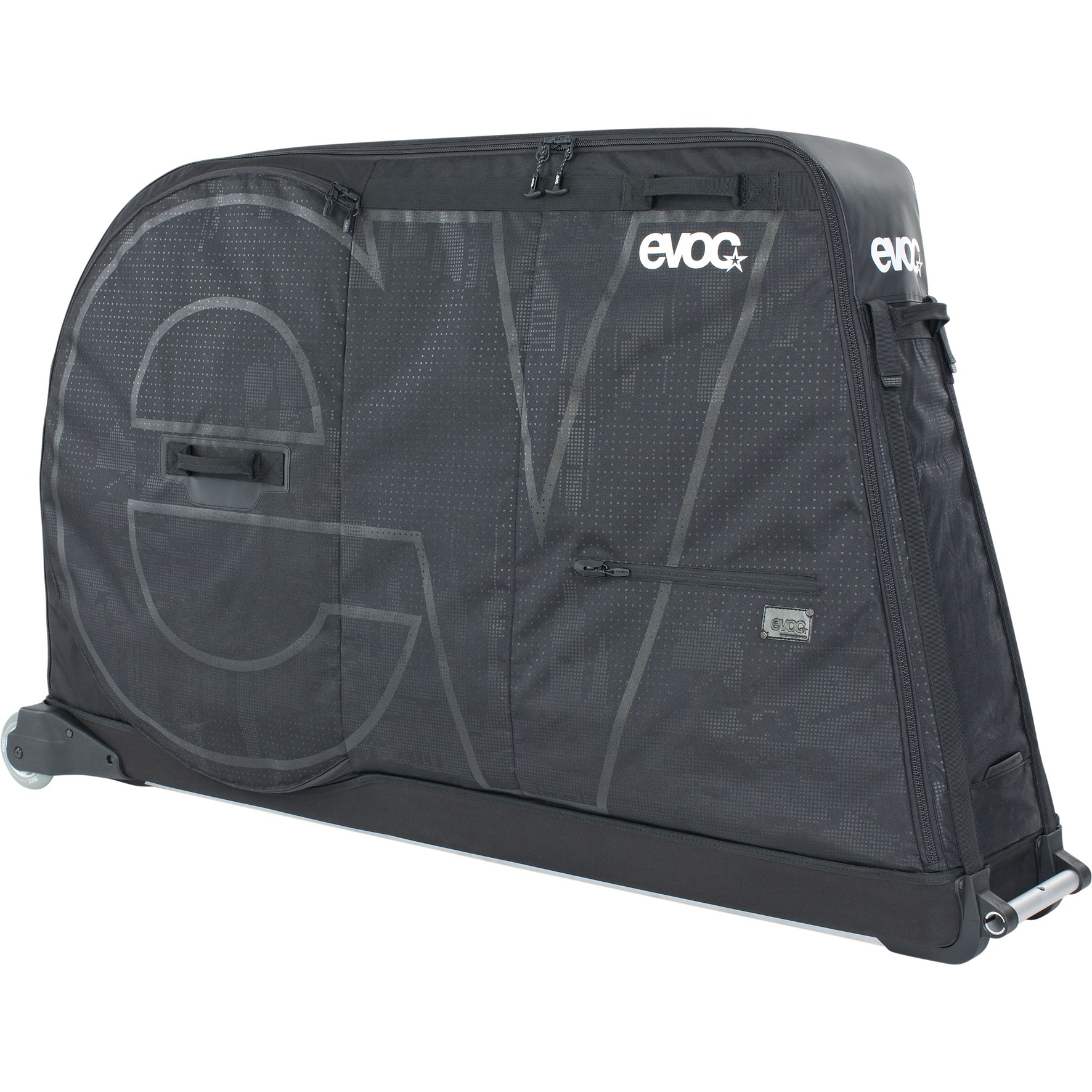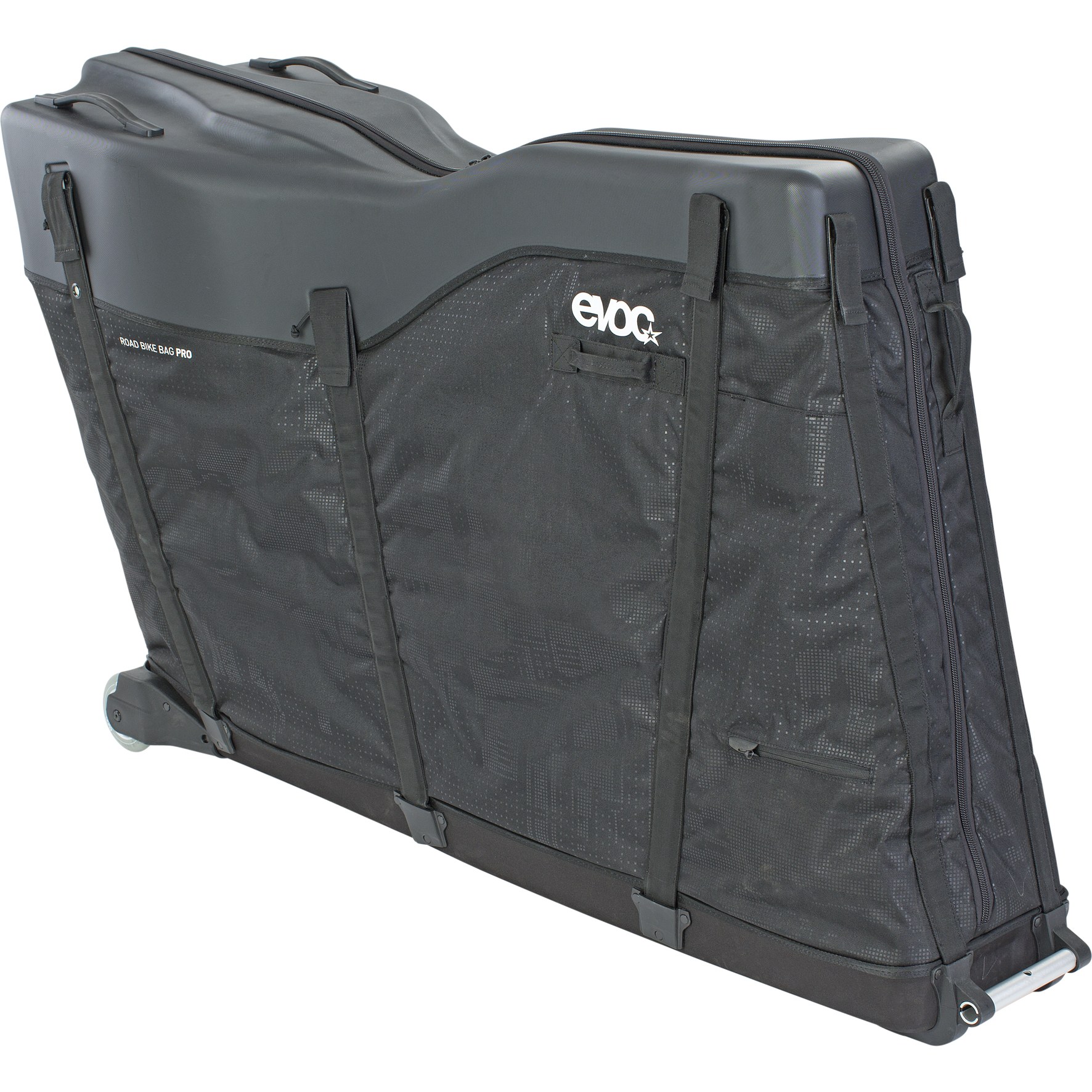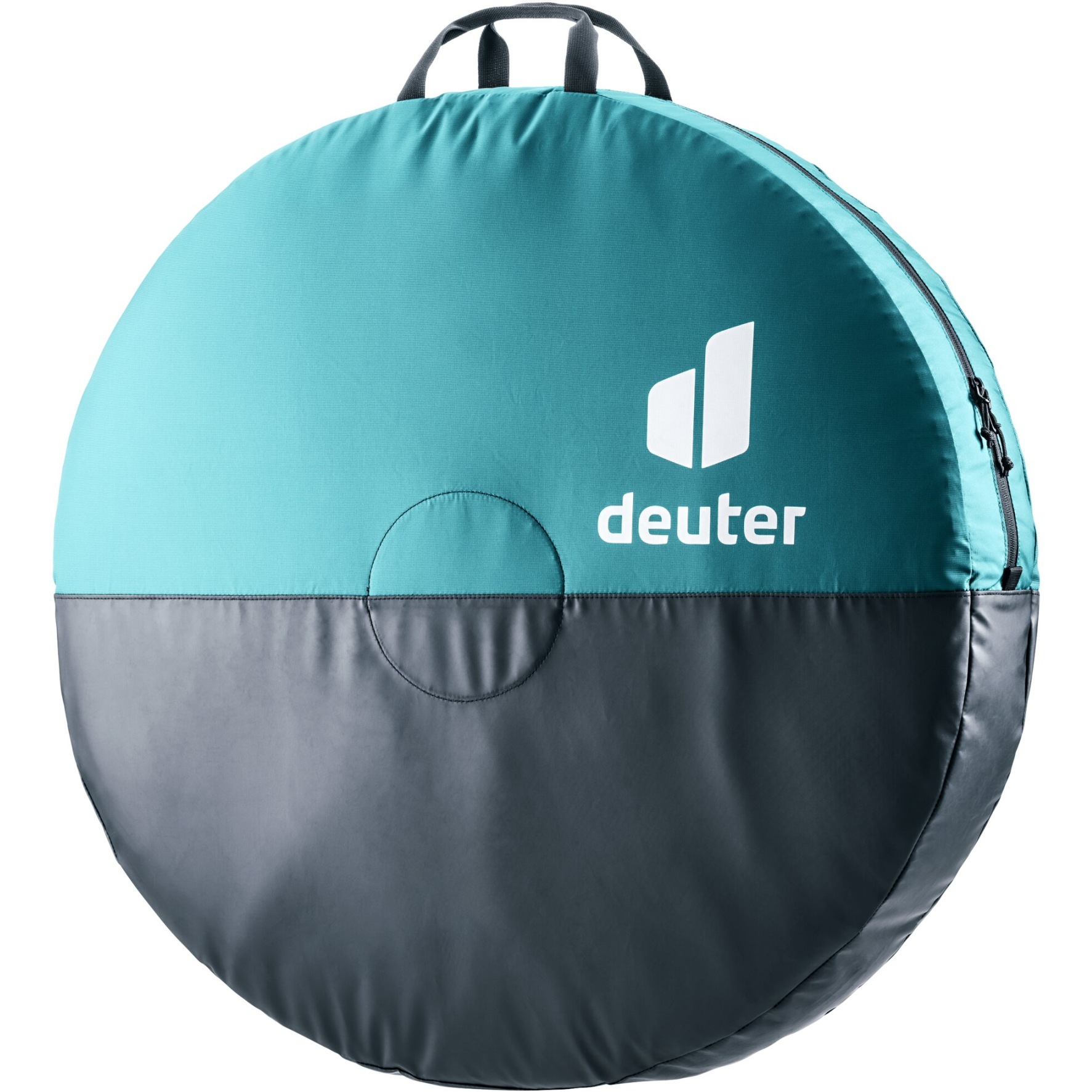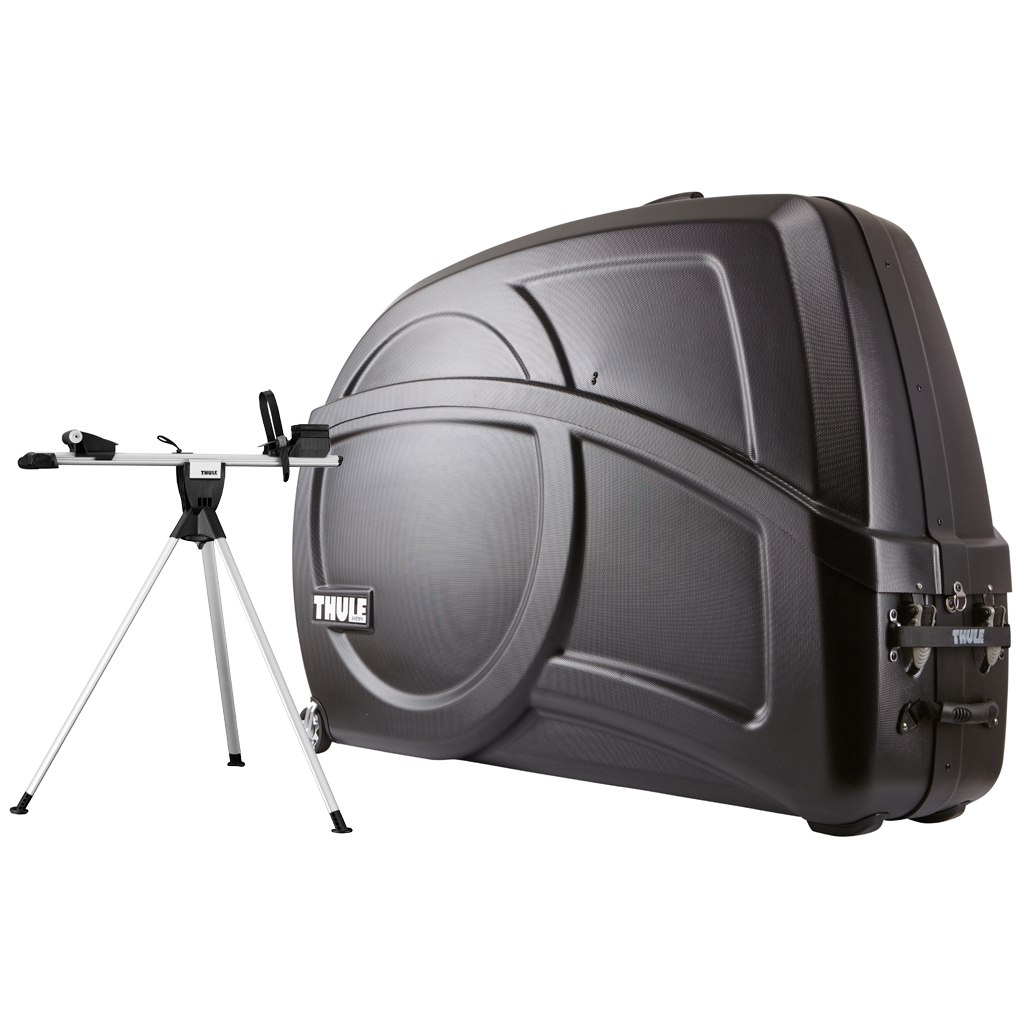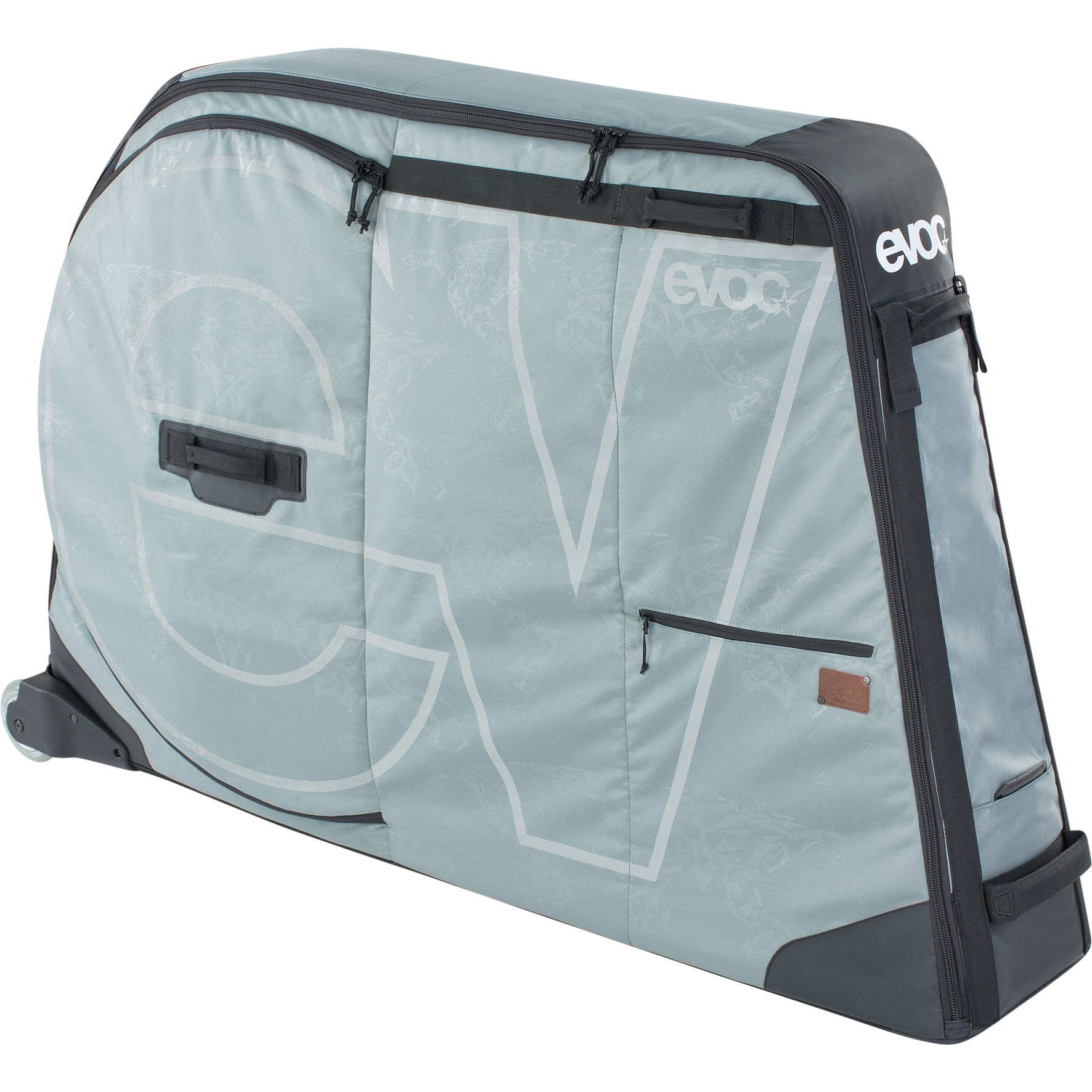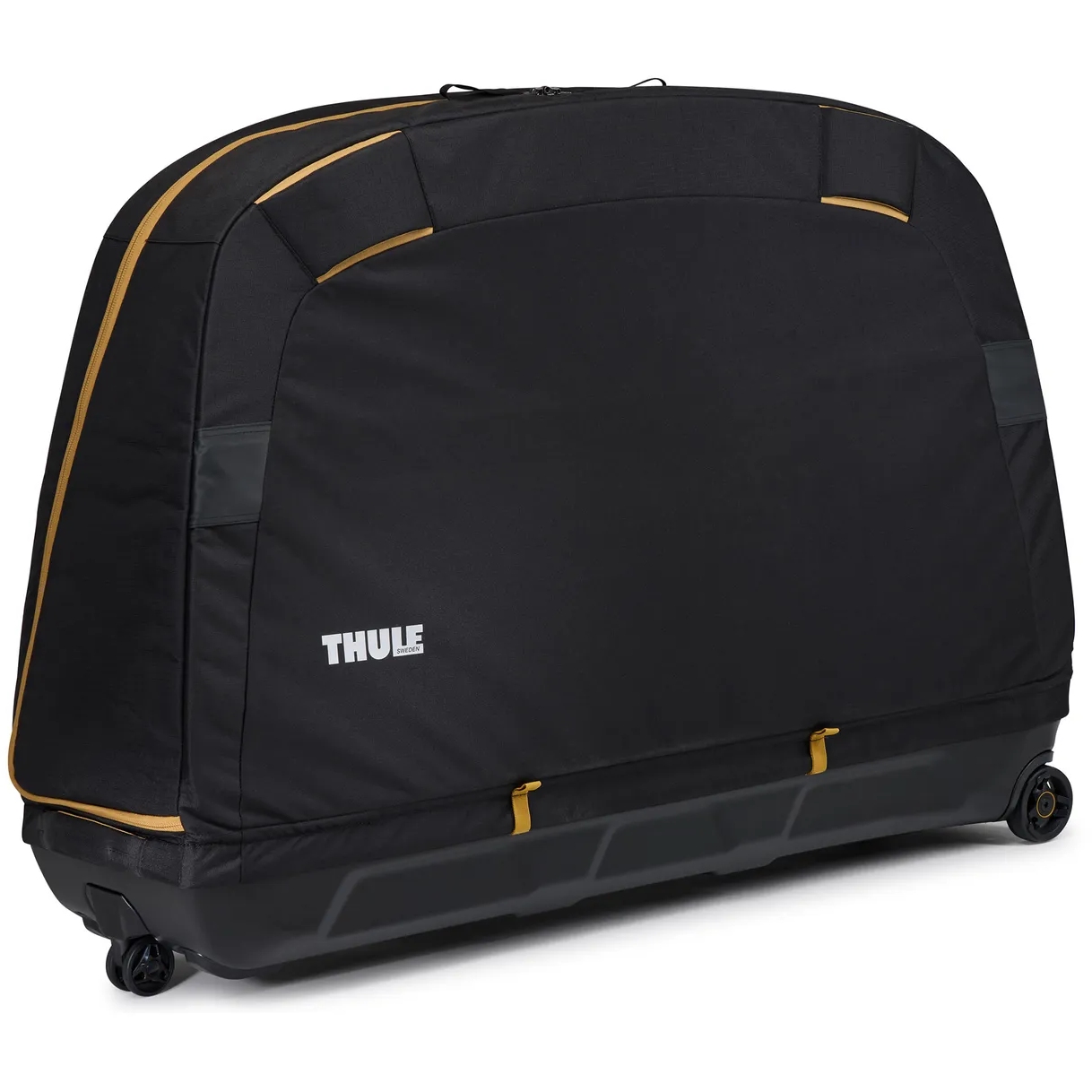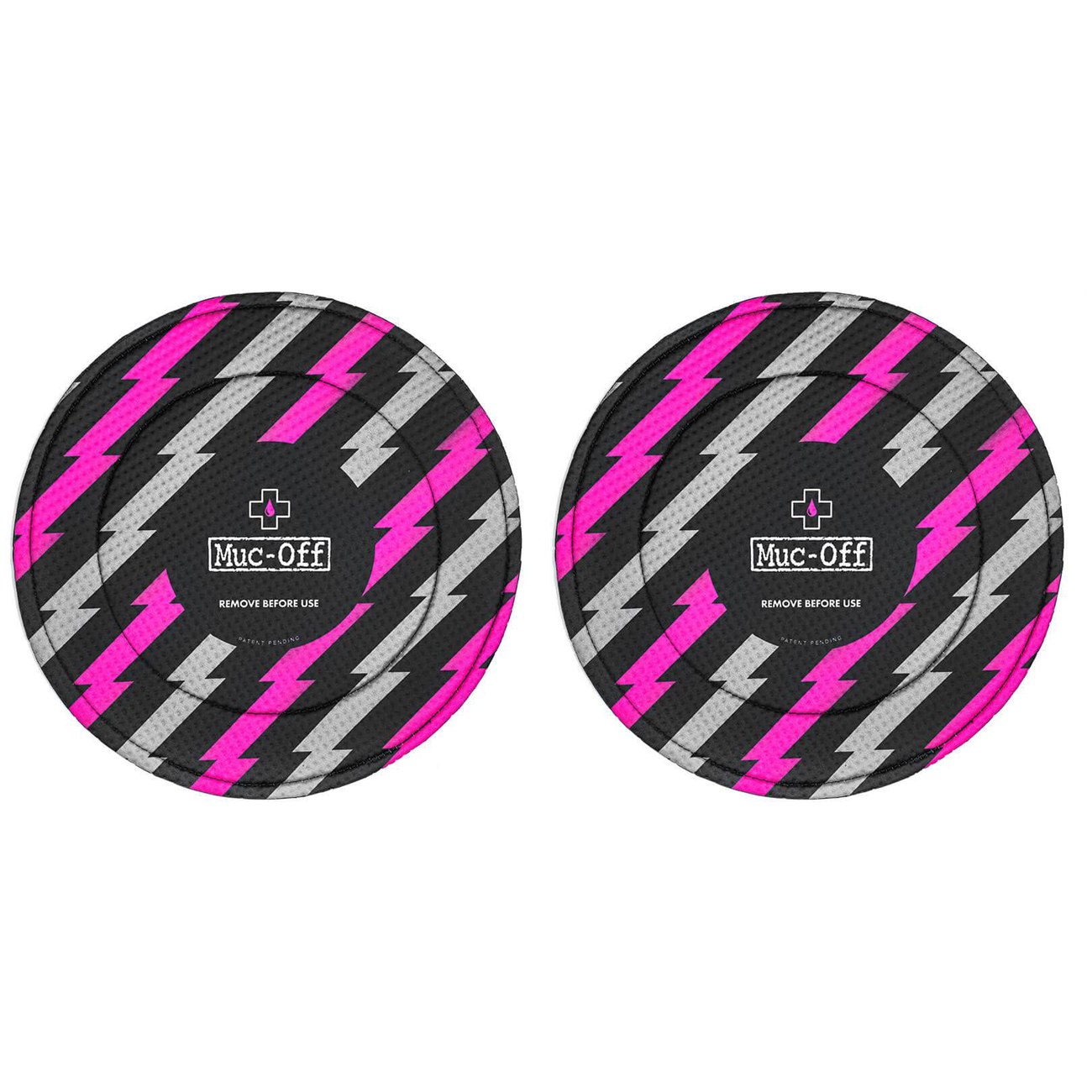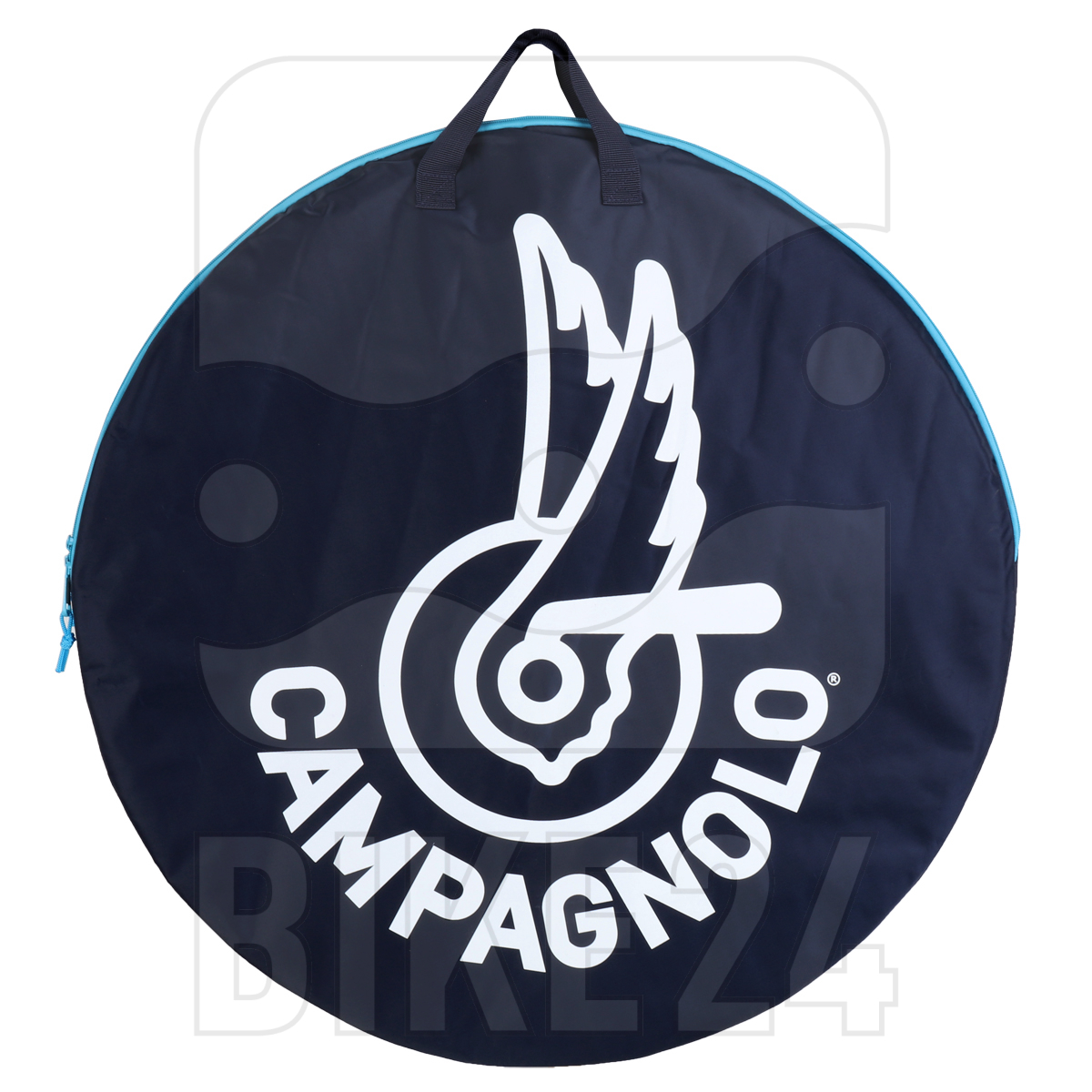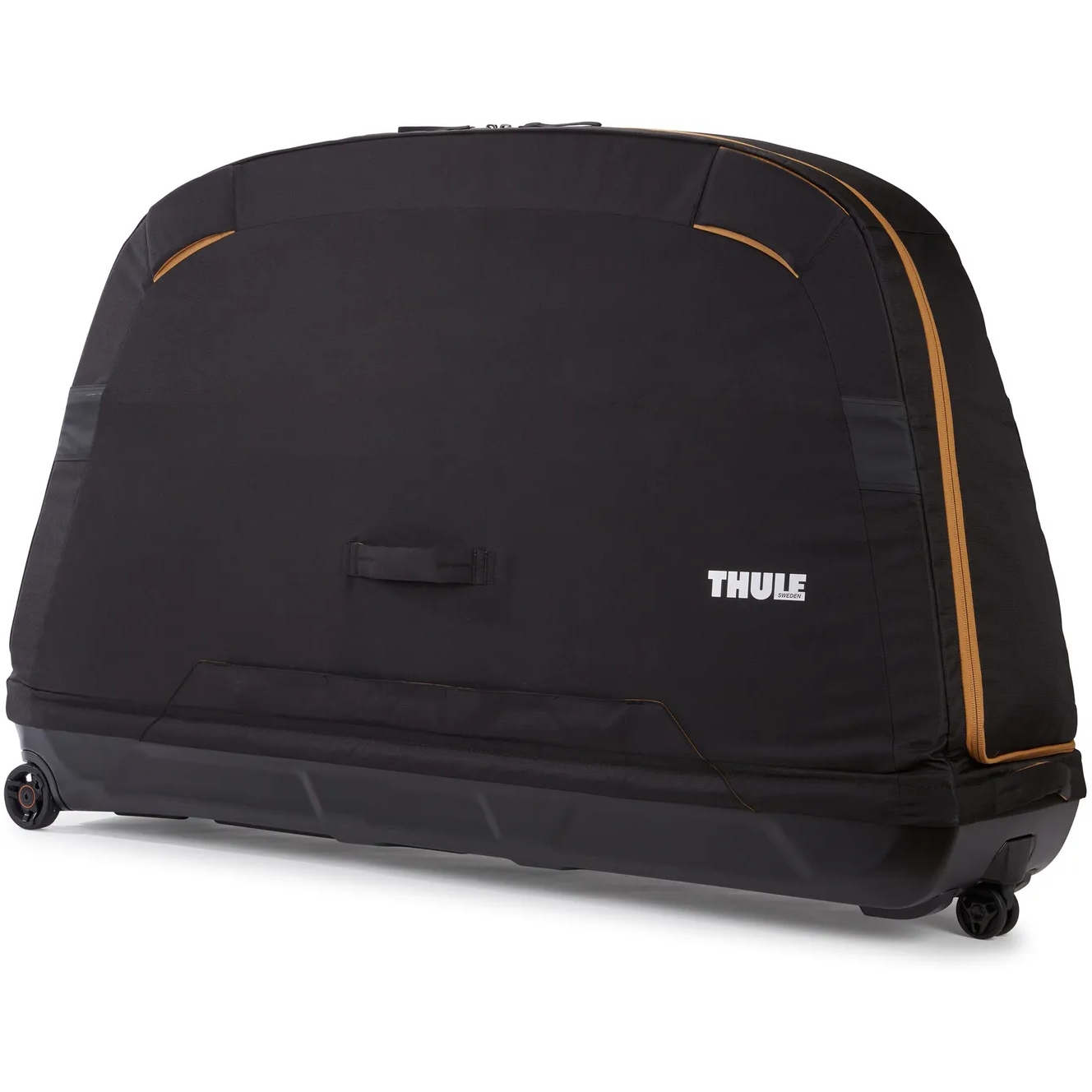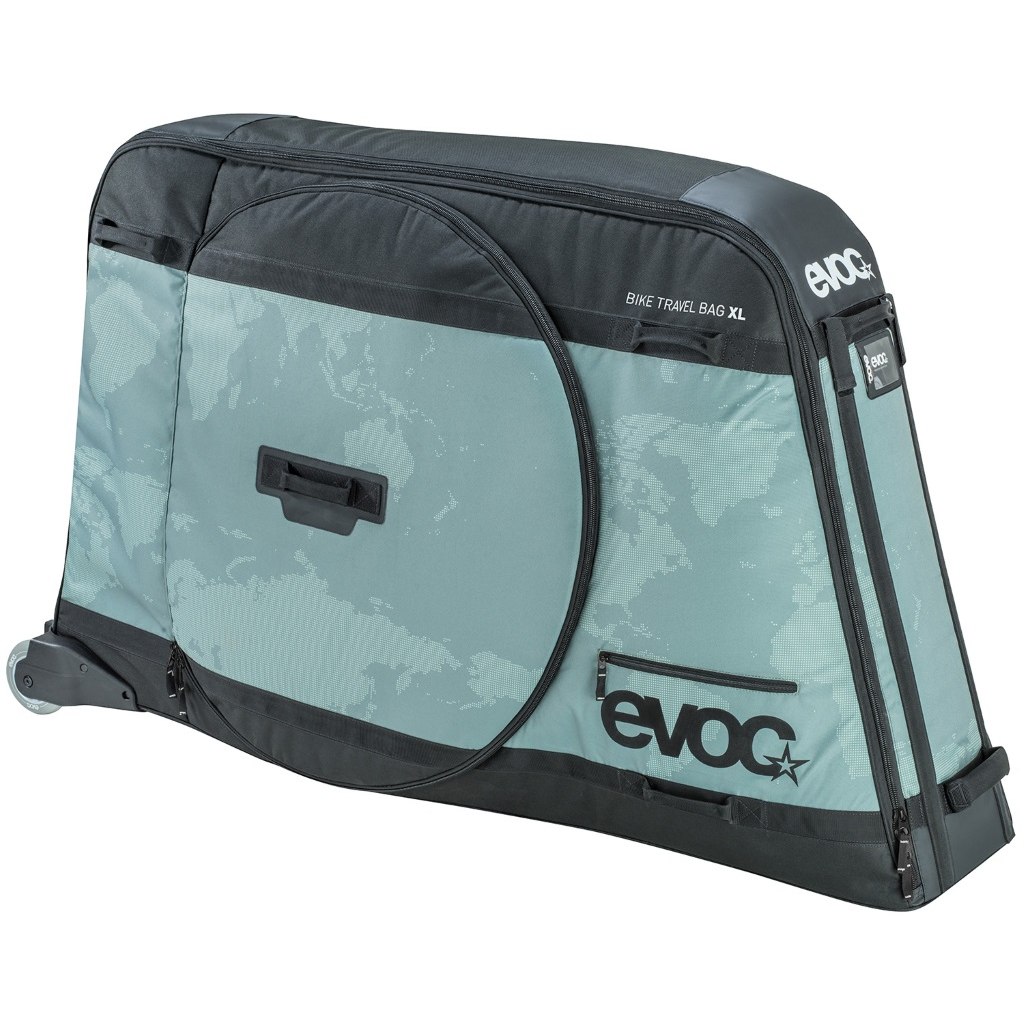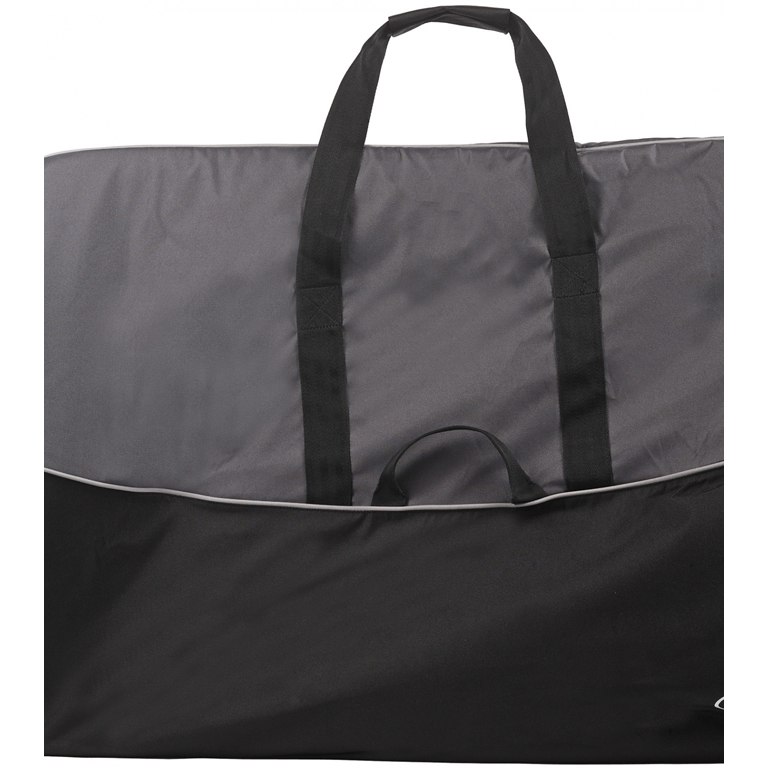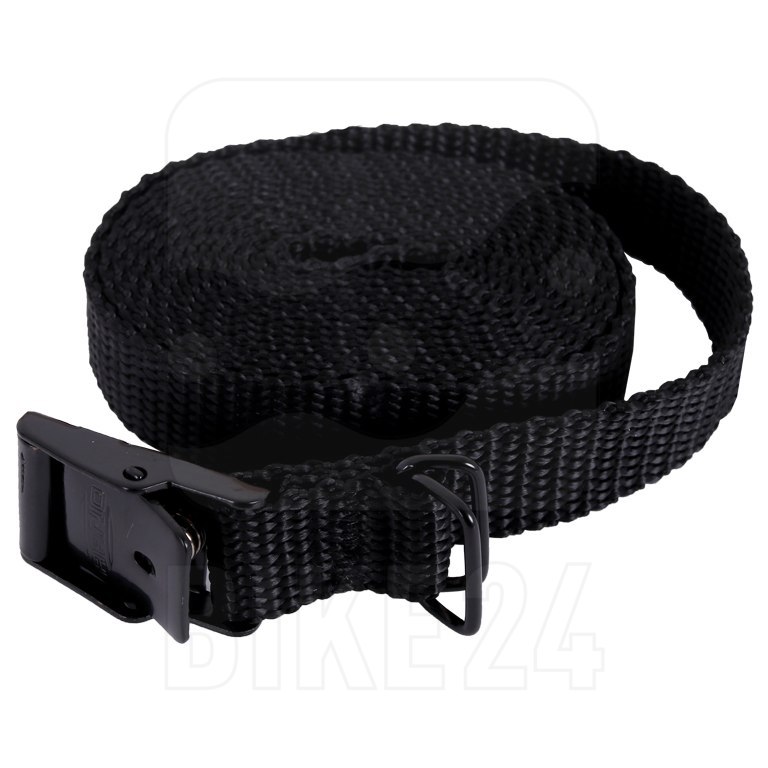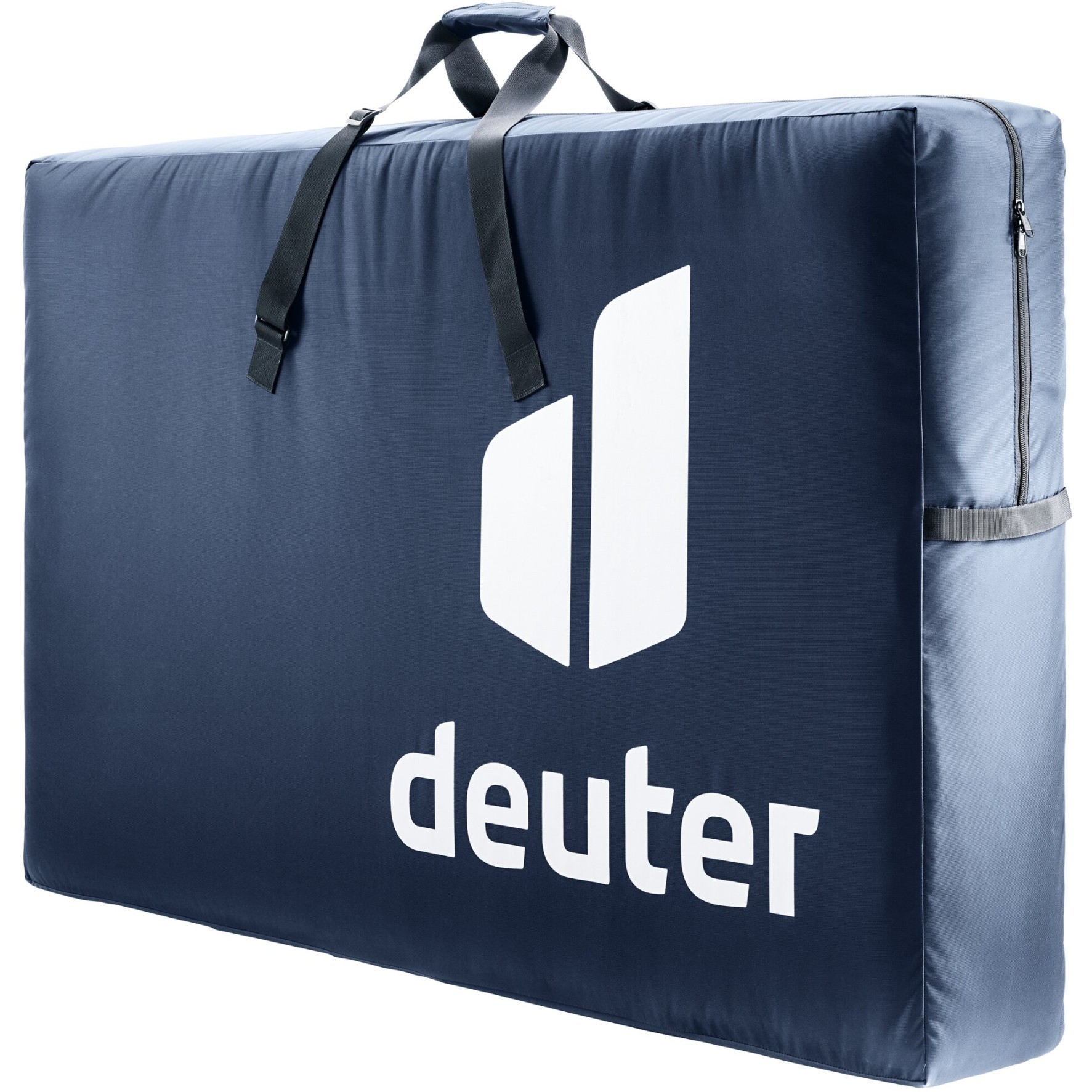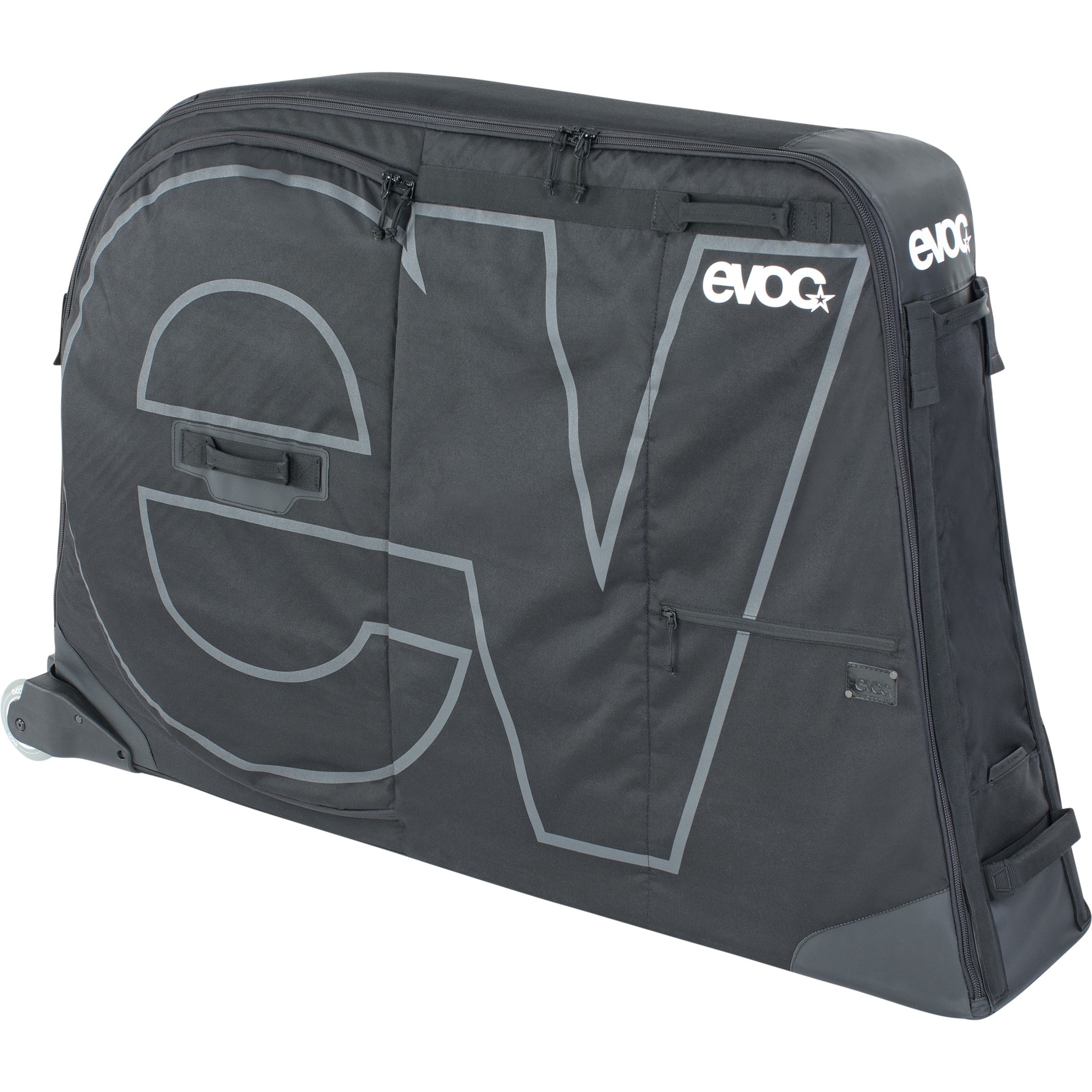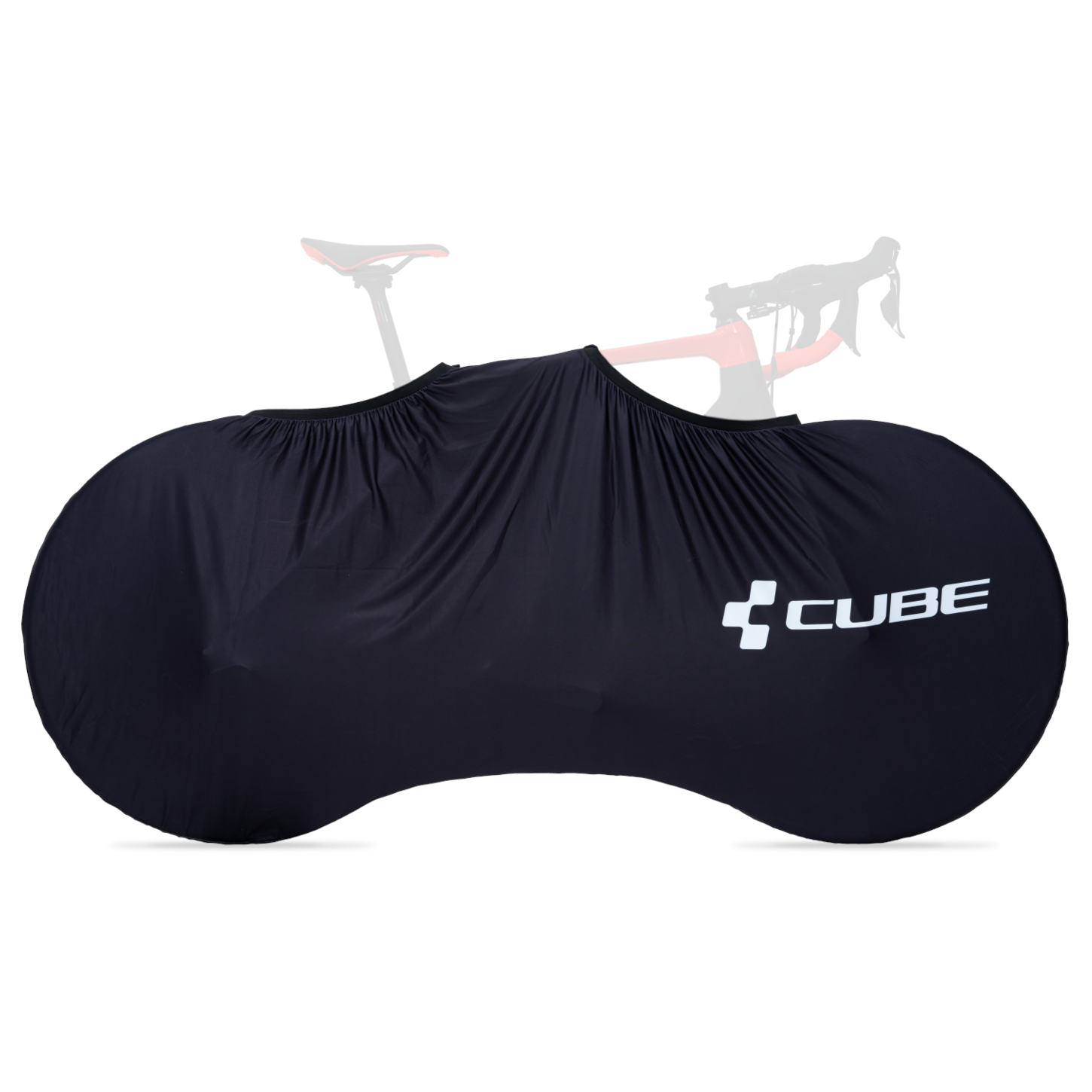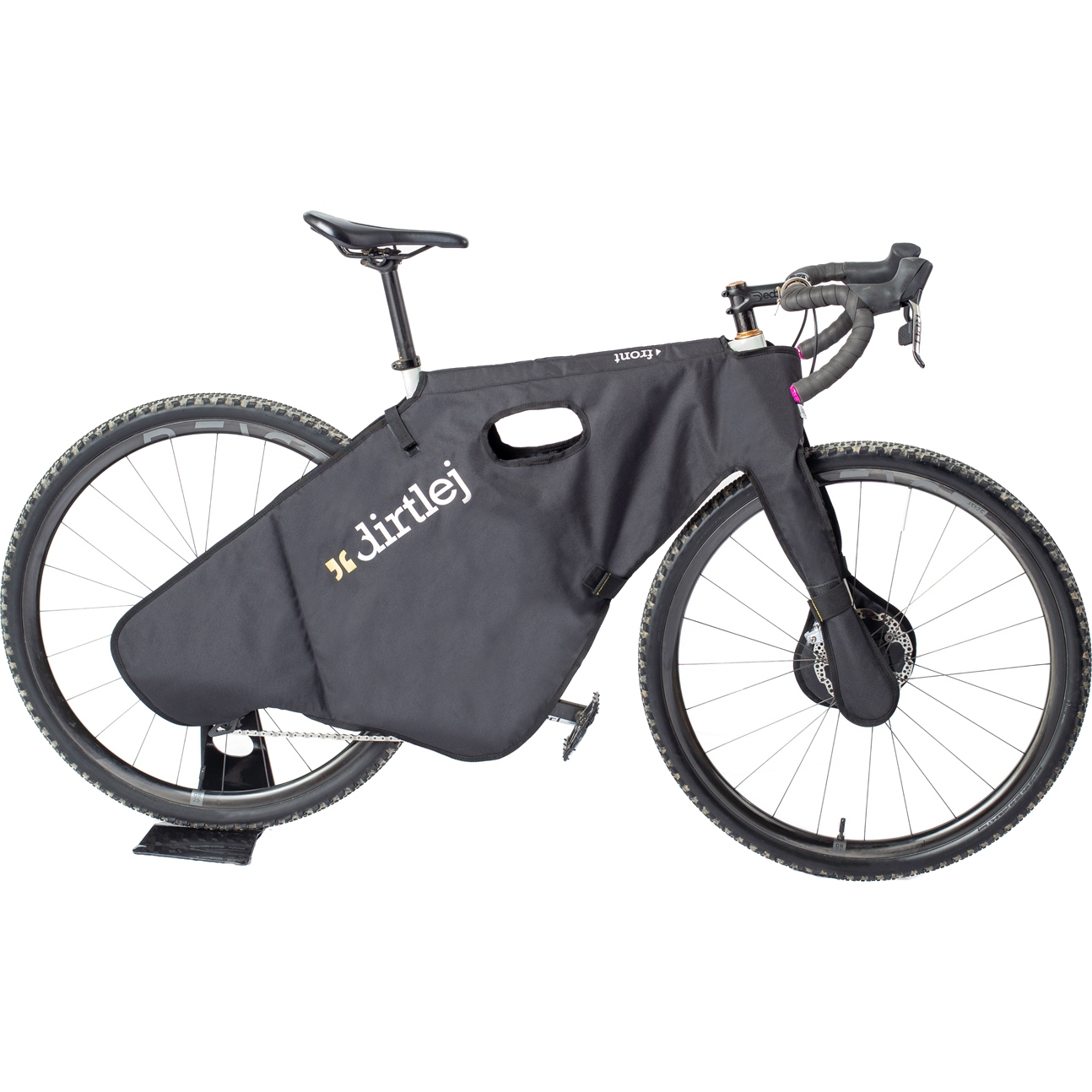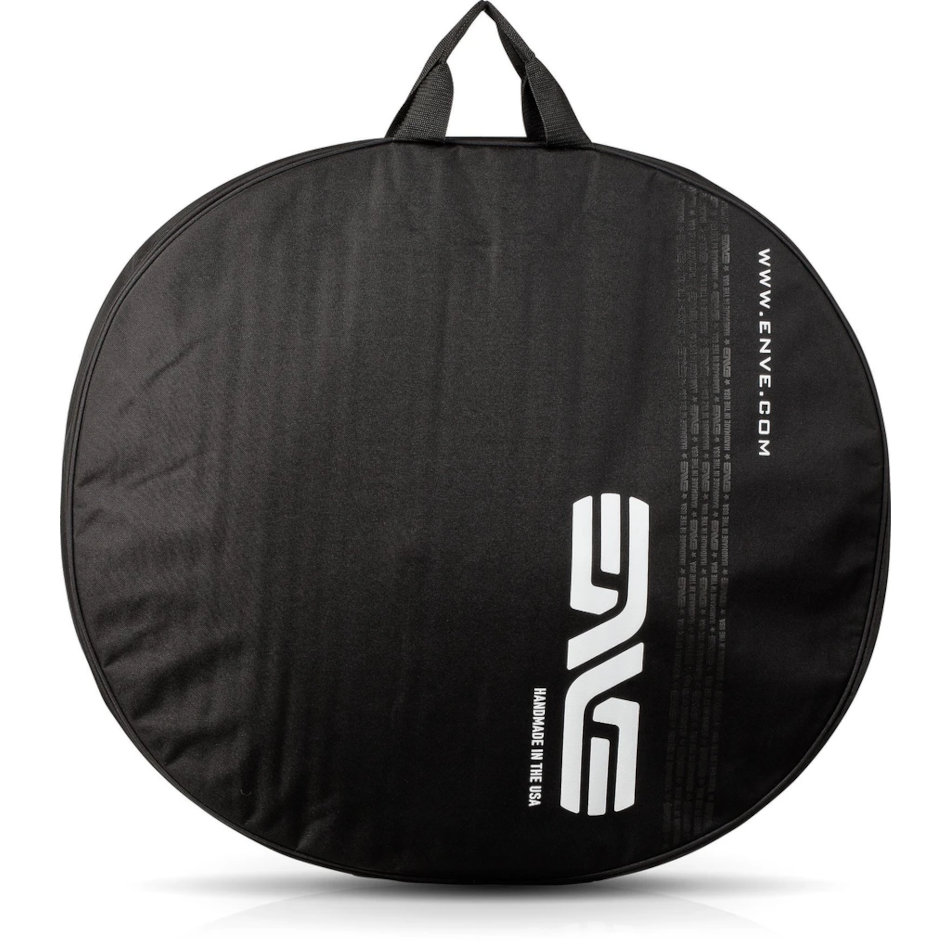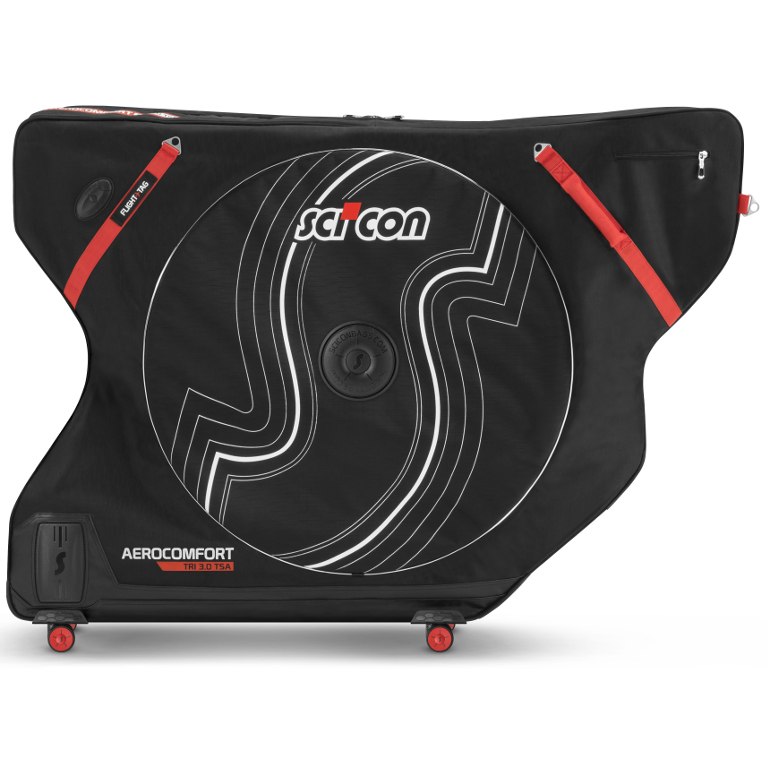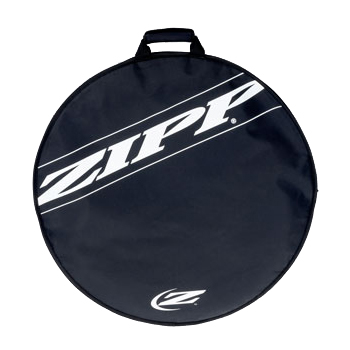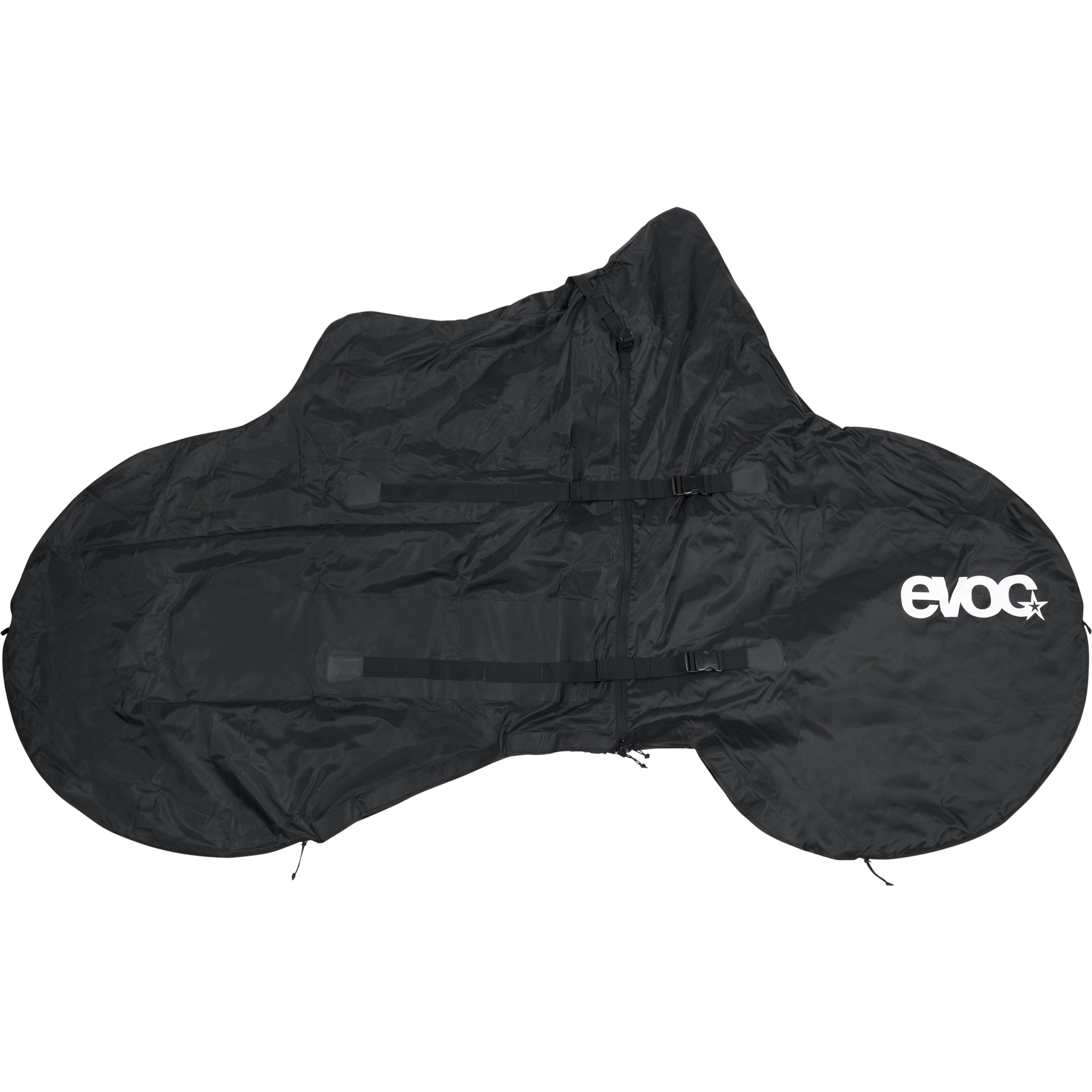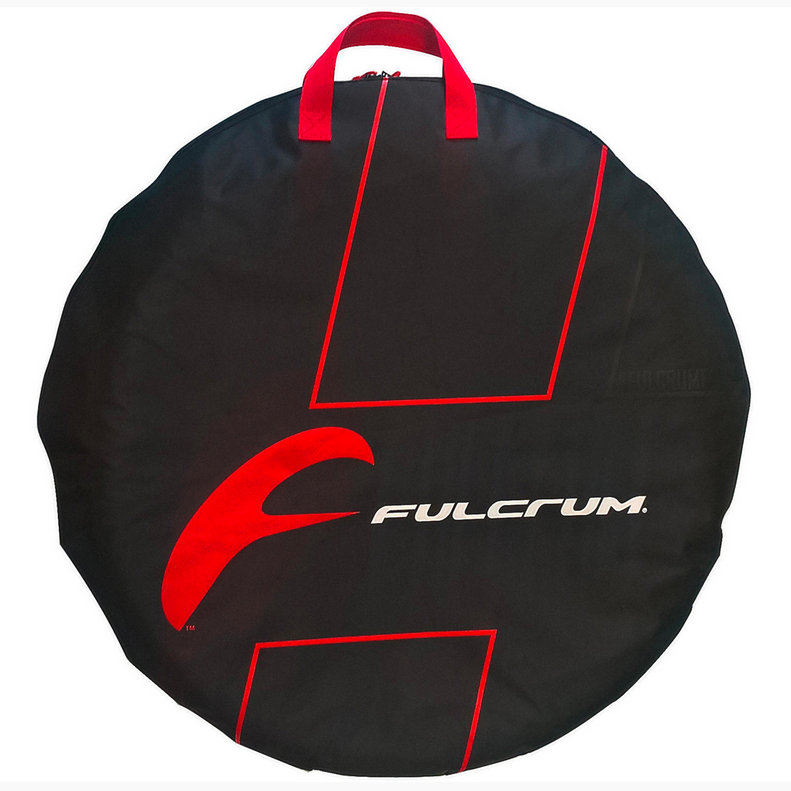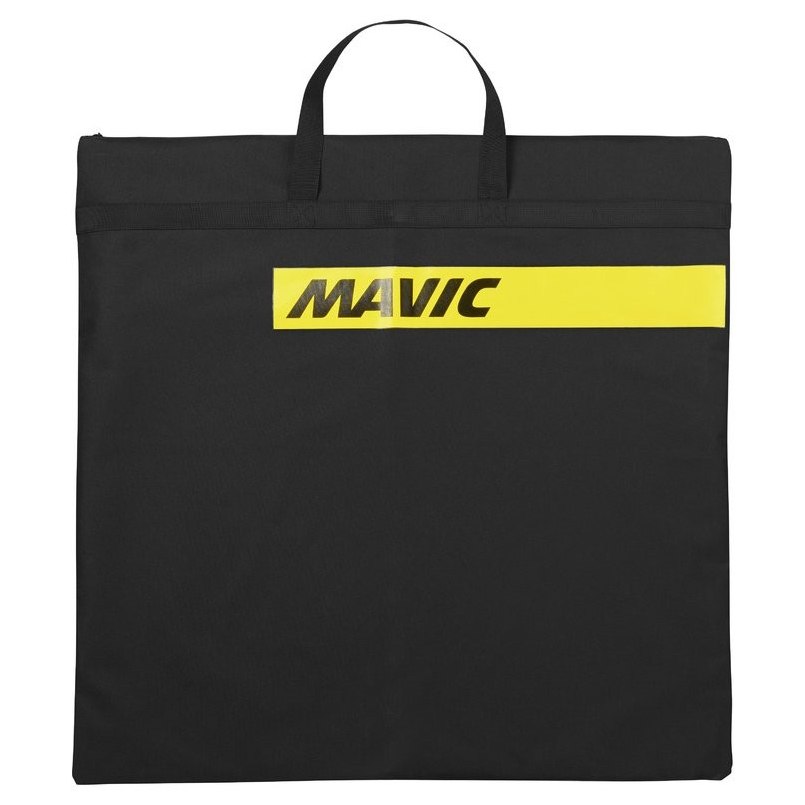- Home
- Cycling
- Bike Accessories
- Bike Racks & Transport
- Bike Travel & Wheel Bags
Bicycle Travel Bags – Keep Your Bike Safe and Sound When on Your Travel
Would you like to take your bike with you on your travels, but you're wondering how to protect it during transport? Bike travel bags are the perfect solution for you. These bags come in an array of different shapes and sizes – from classic bags to bike cases. Read on to find out what to look out for when buying a bike travel bag and how you can best transport your bike. Read more
Bicycle Bags and What's so Good about Them
Spring has come. It's time to head to the airport and jet off to Spain for a training camp, and there's a familiar scene awaiting you: hundreds of cyclists pushing cardboard boxes packed with bicycles across the terminal to check them in as bulky or oversized items so that their racing bike can accompany them on their vacation. But your bike doesn't always have to travel in a used cardboard box. Bicycle bags and cases are a much more elegant solution when it comes to safely stowing away road bikes, mountain bikes and the like.
Put simply, bicycle travel bags are bags you use for packing your bicycle. The advantage of using these bags is that they provide your bike with a protective cover. They also meet the requirements implemented by many travel providers to boot – no matter whether you're going by plane, bus or train. Bicycle hardcases are a special type of bicycle travel bag, perfectly designed for transporting a road or mountain bike. Cases are a popular choice with many cyclists, especially if taking a flight. After all, a case also protects your bike from harder bumps and knocks, ensuring that it arrives at its destination safe and sound.
Bicycle Bags vs. Cases – Which Comes out on Top?
Bag or case: the transport solution that's best for you and your bicycle depends on the journey you're taking and the needs you have. Bicycle bags are usually lighter and more compact than bicycle cases. In addition, it's usually a little less complicated to pack your bike into a bike bag as you don't have to completely dismantle it. Bike cases, on the other hand, are more robust and provide your bike with better protection against bumps and knocks whilst its in transit. What's more, a bicycle case has more space for other items, such as cycling clothing or tools. Bike travel bags and cases come in an array of different sizes, designs and price ranges – from affordable to more high-end. In our shop you'll find a full selection, so you're guaranteed to find the perfect solution for transporting your bike.
How Should You Pack Your Bicycle in a Bicycle Travel Bag or Case?
Found the solution for you and ready to set off on your trip? We've put together a few top tips to make it easier for you to pack your bike into your new transport bag.
Ten Top Tips for Packing Your Bike into a Transport Bag
- First, you should clean your bike from top to bottom. This prevents dirt and grime from getting inside the bag.
- Make sure you don't use any chemicals or corrosive agents when cleaning as these could damage your bicycle bag's cover.
- You should then dismantle your bike: remove the pedals, seat post and saddle. With most models, the wheels and quick-releases must also be removed. The handlebars and stem also need to be loosened so that the cockpit will fit into your chosen transport solution more easily, and you can save on space.
- Now you can pack your bike into your bike travel bag, or case if you're using one. Make sure that all parts of the bicycle are safely stowed away and cannot move around.
- Many bag and case suppliers have handy accessories to help you do this, such as separate wheel bags or spacers for the fork and rear triangle.
- We also recommend wrapping the frame and any important parts with foam or bubble wrap to really be on the safe side.
- We also have an array of other accessories to help keep your bike safe in transit, including tension straps, and brake disc and pedal protectors.
- Many cyclists also fill their bag or case up with their jerseys, drink bottles and other items to make ideal use of the space they have and provide extra padding to boot.
- Remember: always pay attention to the maximum weight allowed by the provider you're traveling with. Airlines in particular often limit how much bicycle cases/bags can weigh.
- Last but not least, give everything a good check over and make sure you haven't forgotten anything!
